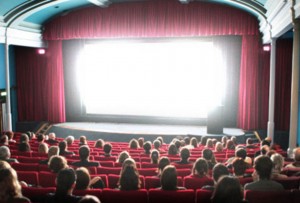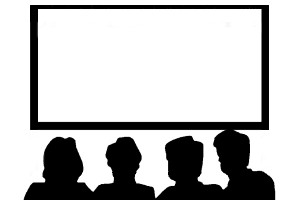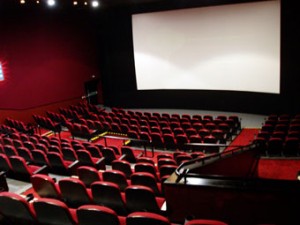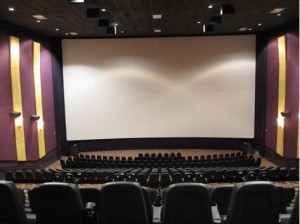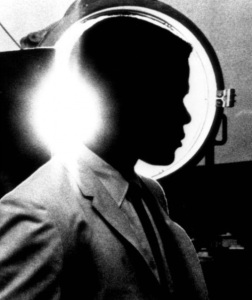He recalls an exhibit of Renaissance picture frames at the Alte Pinakothek in Munich. The frames were empty, hung against white walls… He sensed that the museum had now become the frame of frames. And the frame of the museum? Finally, of course, the universe! Hassan
If, as postmodernists envisage, the apocalypse is now, then the film White Museum has cast the filmic bomb. With its post-apocalyptic vision of pure whiteness, the film is nihilistic in its eradication of visual form: it begins and continues for the majority of its duration as an imageless screen. Amidst its white void there is projected a voice, a bodiless voice dispersed in the post-apocalyptic white screen cloud. This dismembered and imageless voice confirms the film’s anti-form, its anti-realism, anti-modernism and finally its anti-filmic form. In its dis-membered state the filmic image/body is killed off, but the filmic voice continues to enunciate, like the mythical figure of Orpheus whose body was dismembered but whose voice remains intact.
The film takes the theme of ‘erasure’ to an intriguing extreme. It remains faithful to erasure’s double intention: both employing and critiquing a medium undergoing analysis. Deconstructing filmic traditions, it employs the film medium while subjecting the images to erasure. Akin to Mallarmé’s publication of a book without words, White Museum‘s imageless screen is terroristic in its operation of erasure, leaving no trace of the old image behind. White Museum‘s blank, empty screen re-sounds the hollow metaphysical scene, one whose mythical constructs can never be traced back to their origins and whose myths are so culturally engrained “They are inscribed in white ink.” It parodies the system’s white mythology whose order and rule have been emptied and unstaged, abandoned and displaced.
Having effaced its visuals and leaving behind commonly understood notions of ‘film,’ White Museum develops a discursive playing the absence of the image. The ‘play’ consists of the narrator’s commentary, the personal play of a disembodied voice. The extra diegetic voice is different from the typical filmic one which is commonly saturated with didactic, authoritative and patriarchal overtones. In its address to the audience, this Orphean voice elicits the postmodern tendency of participation, of art as performance. The postmodern text, verbal or nonverbal, invites performance: it wants to be written, re-vised, answered, acted out. (Hassan) This invitation to participate signals an acknowledgment of the text as one which is re-read and hence re-written by each subsequent reader. In the absence of filmic images, the audience is encouraged to provide their own for a voice lost in an empty screen, in a white museum.
White Museum is a participatory, postmodern event which ruptures status quo separations between author and audience. During his conversation with the audience, the narrator instructs the projectionist to ‘turn on the lights.’ Turning on the lights acknowledges that which was previously concealed (in this case the audience). The word ‘light’ has traditionally been employed as a metaphor for knowledge or revelation. The revelation in White Museum ‘s case is the audience; the filmic audience is now exposed as victims of a medium that discloses them ‘in the dark.’ In White Museum we are wakened from our spectatorship ‘trance’ which has traditionally repressed us into a passive, voyeuristic state that enforces a compliance with the manipulative, enlightened host: the screen. ‘Under the light’ the filmic apparatus is made visible and we are insistently reminded that our experience is a mediated one. As a postmodern text, White Museum thus seeks its limits and entertains its exhaustion (Hassan). In its search, it proposes change and disregards any notion of the absolute or constant. The museum is open, bare of any artifacts.
